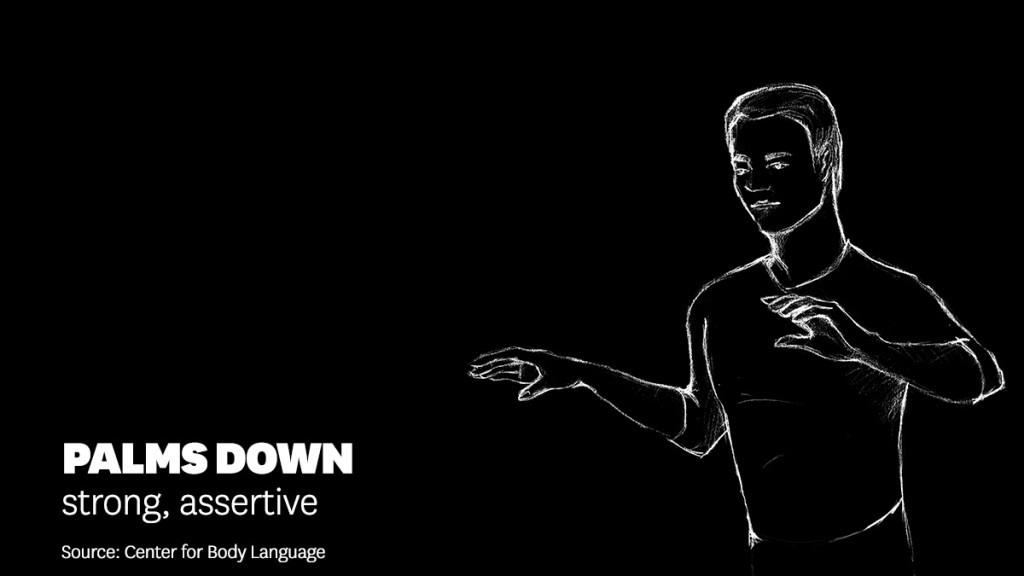People always ask me…
How do I get on TV?
How do I get my company mentioned in articles?
I know media mentions help my SEO, so how do I get legit ones?
I landed the first spot in an article on the Today Show’s website this week and thought I would share how I did it – with you.
How did I do it?
I’ve built relationships with many journalists because I’ve worked with many of them as a journalist… and some, I built organically by giving them valuable information that helps them with their work.
I follow them and keep my eye on what they are searching for.
I respond within minutes.
I only give them exactly what they want and how they want it delivered.
Here’s why this week’s placement worked:
Aly Walansky was looking for last-minute help on a National Cookie Day article she was writing that morning.
She specifically said she needed help now because she was posting her article that morning.
I reached out to Kerry Brown, the co-founder of eat G.A.N.G.S.T.E.R. (they make my favorite cookie mixes).
She responded within MINUTES with exactly what I needed.
I sent it to Aly seconds later.
BOOM, the next day, eat G.A.N.G.S.T.E.R. was the top placement of Aly’s TodayShow.com article.
When you break it all down, it’s about two things:
1: Relationships
2: Speaking to the reporter where they are & how they want to be communicated with
#1 Relationships
I have relationships with reporters worldwide because I’ve worked with them side by side as a journalist… and guess what?
Reporters are people.
Just whipping off a press release to hundreds of emails doesn’t land you in the media.
Reporters receive hundreds of emails a day.
Do they know your name?
Do they trust you to have their back? (i.e. know what a good story is and not waste their time)
#2 Speak to the person where they are and how they want to be spoken to
Doesn’t this work for every relationship?
It works with reporters too (of course, because they are human beings).
I teach this in my media and public speaking training.
We need to give the reporter the information they need and the way they want to receive it.
When I present to big groups on media training, I’m always asked:
How do I send my information to the reporter?
How do they want images?’
How do they want video?
Even if you don’t have the exact answers, always ask yourself: what will make their job and day easier?
Here are some tips right from Aly Walansky, freelance food and travel journalist with Food Network, TODAY Show, Forbes, All Recipes, PopSugar, Men’s Health Magazine, Your Tango and Men’s Journal.
1: Label your pictures. Do not send images attached to an email with names like “image01” or “screenshot12.” This is especially true if you are sending a batch of images for various things at once. It’s also a great way of me using the wrong image for the wrong expert/product/menu item. It’s super helpful if your image file name in some way describes what is inside. For example, if you are sending me an image of an XYZ brand serrated knife, you may want to title that image XYZ-serrated-knife.jpg.”
2: Please don’t send me giant galleries of images and tell me that the image of that one specific dish or cocktail or product is “somewhere in there.” That too increases the possibility of me not finding it, or choosing the wrong one and then you needing to ask me to switch it out later.
3: If I do a call for pitches (like the ones below) and mention that something needs an image to be considered, please don’t skip that. I got tons of great cocktail pitches yesterday for the dessert cocktail story, but a good 20% did not include a needed element (the image, in most cases.)
4: I’m FULLY OK with you sending an image as a dropbox link or a google drive link instead of an attachment, and my inbox actually prefers it. Just make sure you do the aforementioned file-identifying so we’re all on the same page and there’s no confusion.
Aly Walansky has a newsletter you can sign up for if you want to know what kinds of stories she’s writing each day – and what companies she’s looking to feature. More and more freelance writers are doing this now. This is part of the work in building the relationships between you and the reporters you would like to work with… or you’re targeting. Find out how THEY like to communicate and talk to them there.
Could be Twitter. Lots of reporters search for experts there.
Find out where your favorite reporters hang out.
This is a lot like dating, right??
Go where they hang out. Go where they are comfortable communicating.
Do not make them uncomfortable by DMing them if they say they do not respond to DMs. But do they tweet publicly? Great! Then, tweet them.
Do they have a substack newsletter? Great! Sign up for it. And then follow the rules that they’ve outlined in their newsletter regarding how they like to take pitches.
This is so important.
Like dating, we do not cross the lines — or you won’t get that second date. I.e. Don’t show up in person at her work with flowers after the first date.
But you can send cookies to her house and tell her she’s sweet 🙂
Extra points if you know she has food nut and gluten allergies and you send these.
I hope this approach helps next time you are trying to get an article or TV placement, as it has for me and many of my clients in the past.
P.S. Here’s the link to those awesome G.A.N.G.S.T.E.R. cookie, cupcake and cake mixes if you want to get in on the National Cookie Day celebration this Saturday, December 4th…











